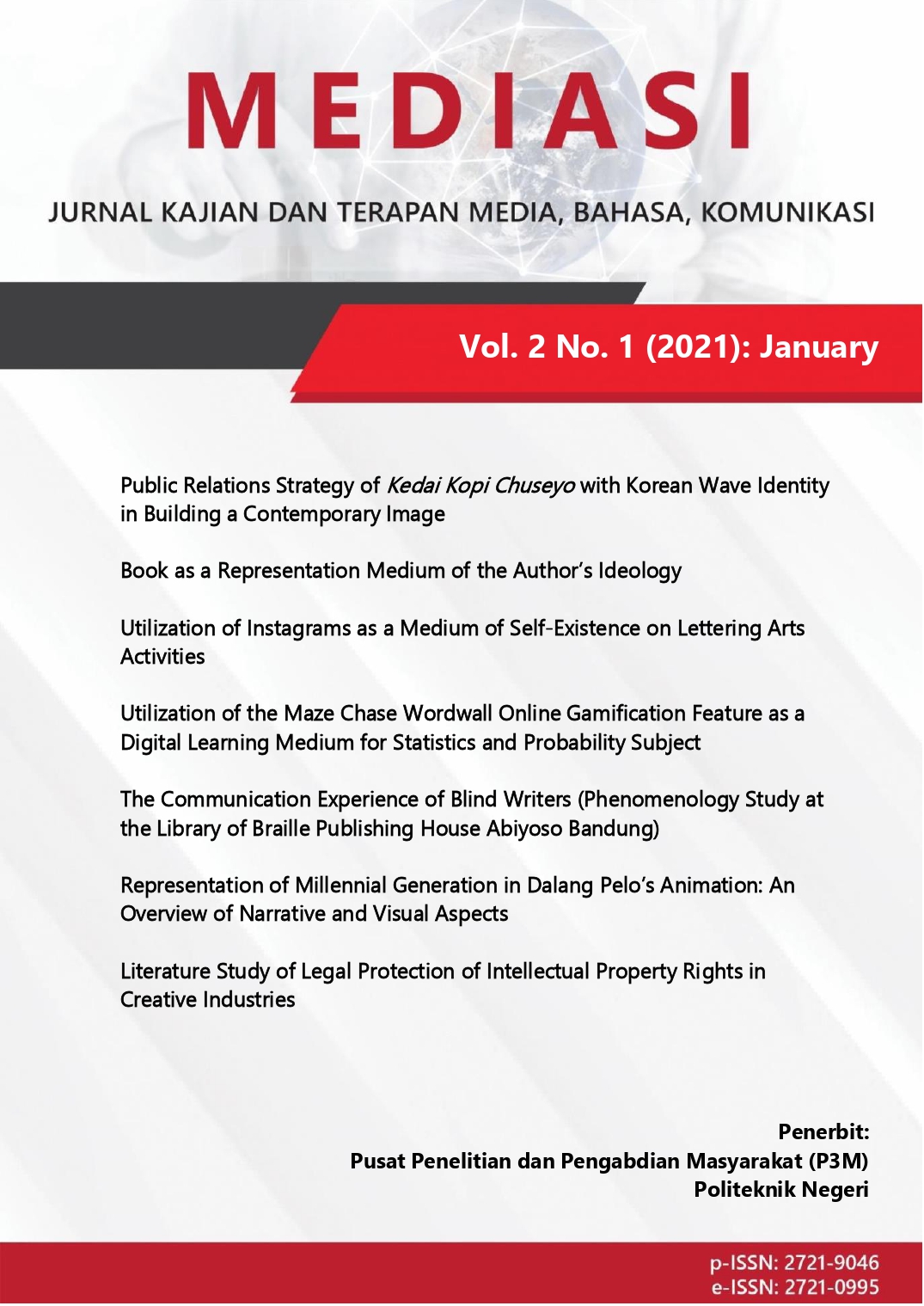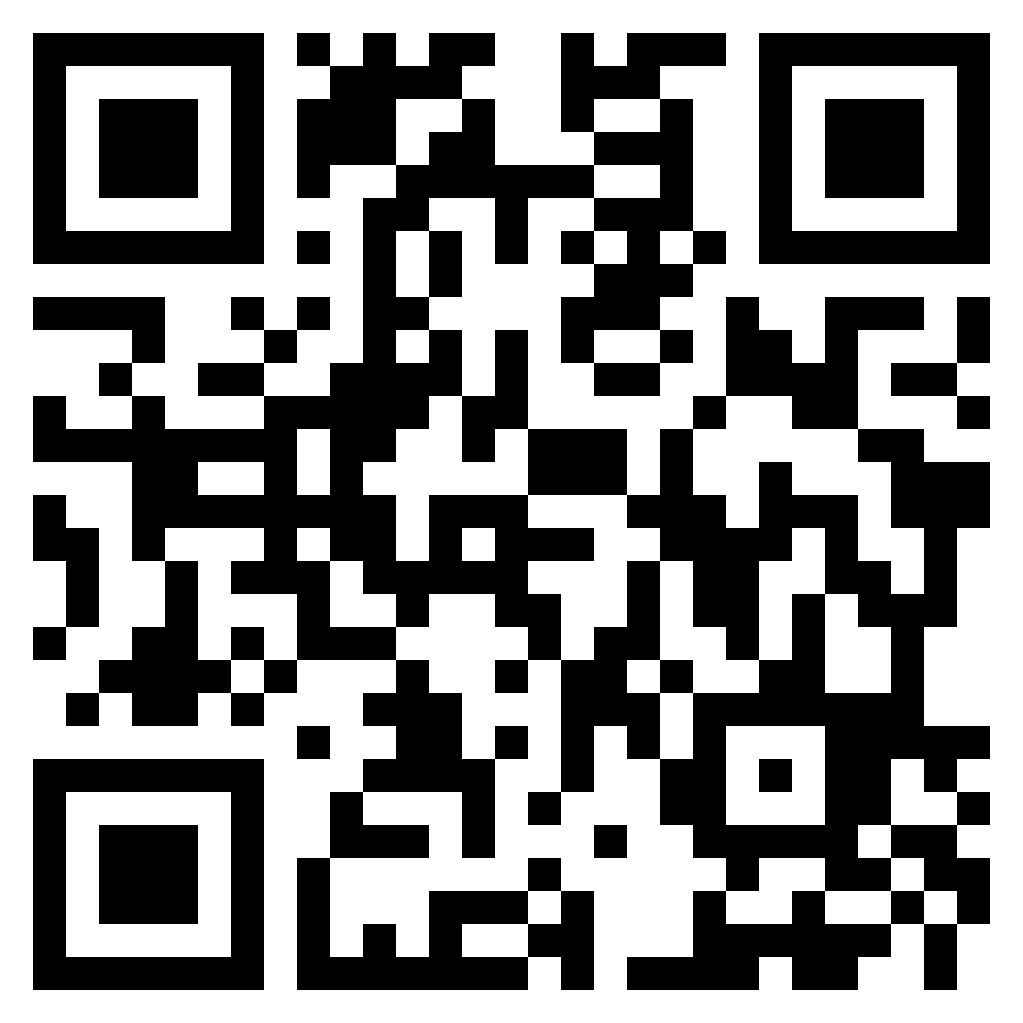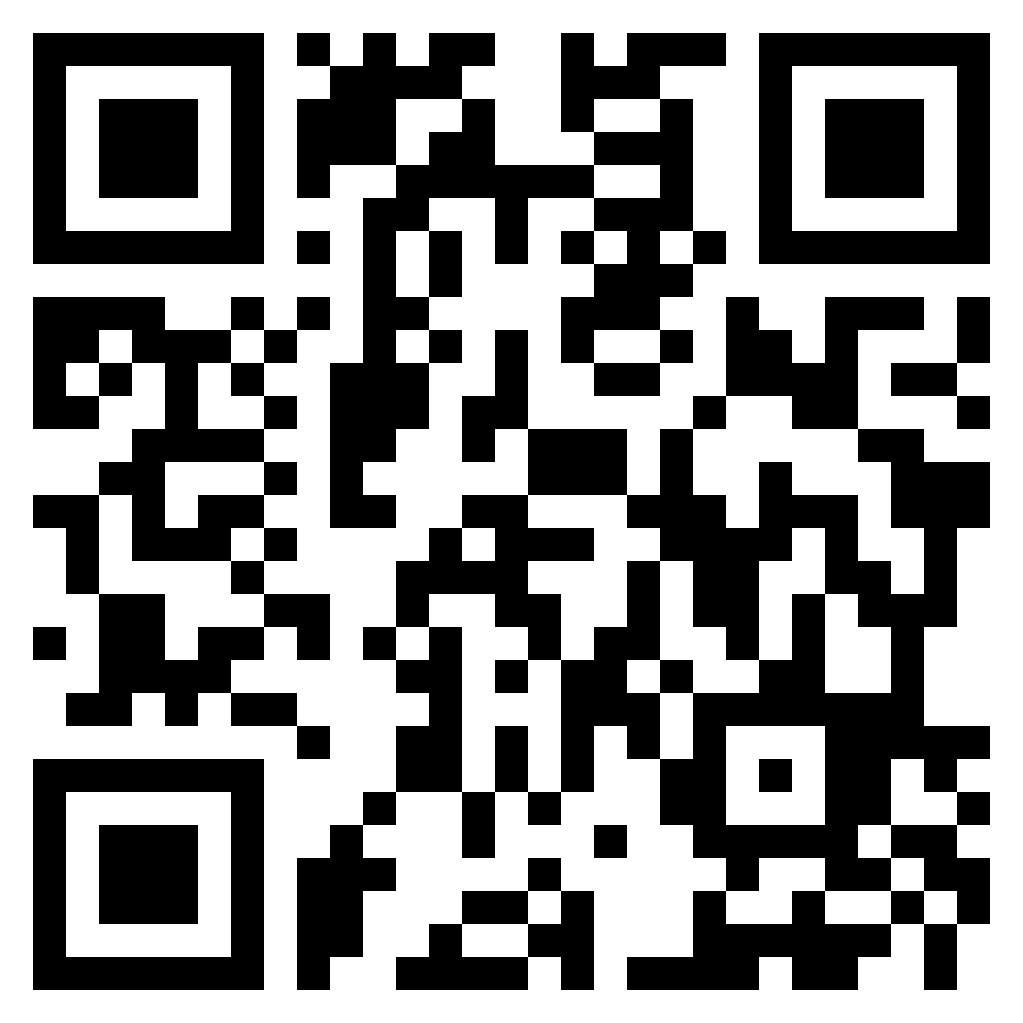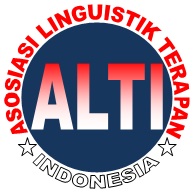Utilization of Instagrams as a Medium of Self-Existence on Lettering Arts Activities
DOI:
https://doi.org/10.46961/mediasi.v2i1.253Keywords:
Self-Existence, Instagram Impression, Management Theory, Lettering Artists,Abstract
This study examines the existence of lettering artists by utilizing Instagram social media. The authors are interested in examining Nur Awaludin’s image because Nur Awaludin’s track record and works which can be found in several places. In addition, not many people know about lettering artists although they enjoy the work they make. The theory used in this study is the impression management theory from Erving Goffman. The method used in this study is descriptive qualitative data collection technique through the results of in-depth interview with informants, observations, and documentation study through social media Instagram. The results showed that Nur Awaludin used Instagram and its features. Nur Awaludin also showed good impressions and was in accordance with the image that was built as a lettering artist by following the Subletter community and by creating a team project called Kid Project.
References
Albi, A. & Johan, S. (2018). Metodologi Penelitian Kualitatif. Sukabumi: CV Jejak
Esther, M.P. (2016). Citra Diri dan Popularitas Artis, Jurnal Dakwah dan Komunikasi Vol. 1 No. 2, 180-201.
Fitrah, M. & Luthfiyah. (2017). Penelitian Kualitatif, Tindakan Kelas & Studi Kasus. Sukabumi: CV. Jejak
Handoko, D. (2017). Hand Lettering Islami, Belajar Bahasa Inggris Sambil Berdakwah. Lampung: CV Iqra.
Harnas.co (2017, April 17). Hand Lettering, Seni Menggambar Huruf. Di Akses dari http://www.harnas.co/2017/04/17/handlettering-seni-menggambar-huruf
Haroen, D. (2014). Personal Branding, Kunci Kesuksesan Anda Berkiprah di Dunia Politik. Jakarta: PT. Gramedia.
Ishaq R.E. (2017). Public Relation, Teori dan Praktik. Malang: Intrans Publishing
Kriyantono, R. (2014). Teori-Teori Public Relation Perspektif Barat & Lokal: Aplikasi Penelitian dan Praktik. Jakarta: Kencana.
Morissan. (2013). Teori Komunikasi, Individu Hingga Massa. Jakarta: Prenadamedia Group
Romadhan, M.I. (2018). Personal Branding Jokowi dalam Mempertahankan Brand Image Melalui Video Blog Youtube. Meta Communication: Journal of Communication Studies, Vol. 3, No. 2
Sugiarto E. (2015). Menyusun Proposal Penelitian Kualitatif: Skripsi dan Tesis. Yogyakarta: Suaka Media.
Suratni S. (2014). Penelitian dan Pengembangan Silabus Bahasa Inggris Program Studi Penerbitan. Jurnal Ilmiah Publipreneur Vol. 2 No. 2
Suwendra, I. W. (2018). Metodologi Penelitian Kualitatif dalam Ilmu Sosial, Pendidikan, Kebudayaan dan Keagamaan. Bali: Nilacakra Publishing House.
Theo, R. (2010). Memotivasi Diri, Langkah Menuju Sukses. Yogyakarta: Kanisius
Downloads
Published
How to Cite
Issue
Section
Citation Check
License
You are free to:
- Share — copy and redistribute the material in any medium or format
- Adapt — remix, transform, and build upon the material
- The licensor cannot revoke these freedoms as long as you follow the license terms.
Under the following terms: Attribution; NonCommercial; and no additional restrictions.















